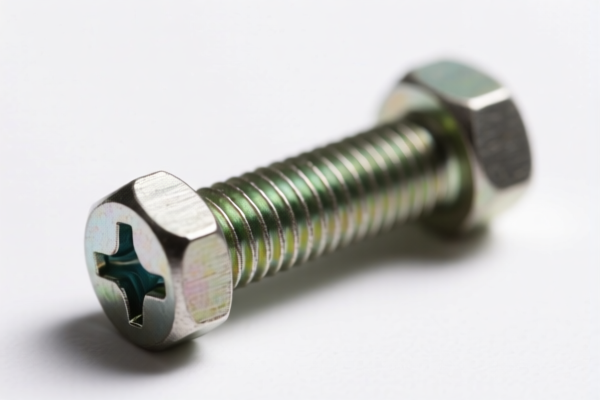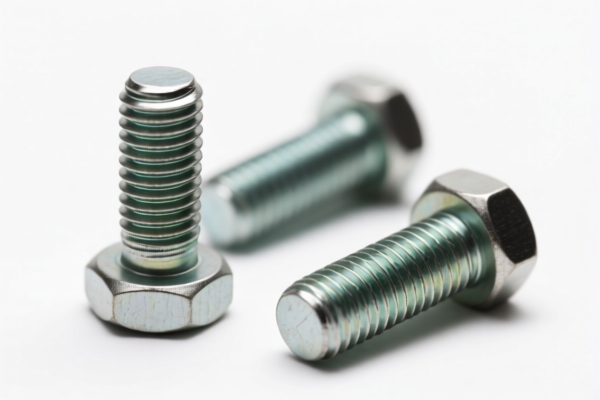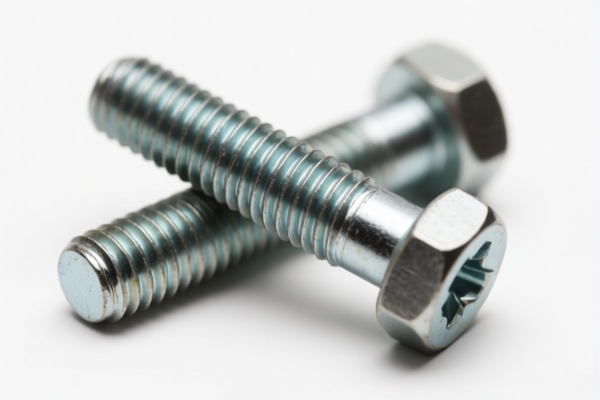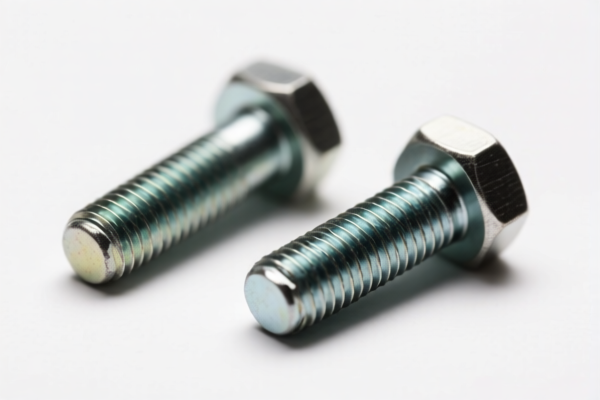| HS Code | Official Doc | Tariff Rate | Origin | Destination | Effective Date |
|---|---|---|---|---|---|
| 8308909000 | Doc | 57.7% | CN | US | 2025-05-12 |
| 8311900000 | Doc | 55.0% | CN | US | 2025-05-12 |
| 7318152010 | Doc | 80.0% | CN | US | 2025-05-12 |
| 7318152020 | Doc | 80.0% | CN | US | 2025-05-12 |




Bolt and Nut
A bolt and nut is a fastener combination used to join materials together. They typically consist of a threaded bolt and a corresponding nut, which, when tightened, clamp materials securely.
Material:
Bolts and nuts are manufactured from a wide variety of materials, selected based on application requirements. Common materials include:
- Carbon Steel: Most common, offering strength and affordability. Often coated with zinc, cadmium, or other finishes for corrosion resistance.
- Alloy Steel: Provides higher strength, toughness, and resistance to fatigue. Used in critical applications.
- Stainless Steel: Offers excellent corrosion resistance and is suitable for outdoor or harsh environments. Various grades (e.g., 304, 316) are available with differing properties.
- Aluminum: Lightweight and corrosion-resistant, used where weight is a concern.
- Brass: Corrosion-resistant and often used in plumbing and electrical applications.
- Titanium: High strength-to-weight ratio and exceptional corrosion resistance, used in aerospace and specialized applications.
Purpose:
The primary purpose of a bolt and nut is to create a strong, reliable joint between two or more components. They are used for:
- Mechanical Assembly: Joining parts in machinery, vehicles, and structures.
- Structural Applications: Connecting beams, columns, and other load-bearing elements.
- Fastening: Securing components that require frequent disassembly and reassembly.
Function:
Bolts and nuts function by converting rotational force into clamping force.
- The bolt features a head at one end and threads along its shank.
- The nut has internal threads that mate with the bolt's threads.
- When the nut is tightened onto the bolt, it draws the connected materials together, creating friction that resists separation.
- The clamping force is directly related to the tightening torque applied to the nut.
Usage Scenarios:
Bolts and nuts are ubiquitous in a vast range of applications, including:
- Automotive: Engine components, chassis assembly, suspension systems.
- Construction: Steel framing, bridges, concrete anchors.
- Aerospace: Aircraft structures, engine components.
- Manufacturing: Machinery assembly, equipment mounting.
- Plumbing: Connecting pipes and fittings.
- Furniture: Assembling bed frames, chairs, tables.
Common Types:
Bolts and nuts are classified based on various characteristics:
- Hex Bolts: Most common type, featuring a six-sided head.
- Square Bolts: Older design, less common now.
- Carriage Bolts: Feature a rounded head and a square shank for use in wood.
- Flange Bolts: Feature a flanged head for increased bearing surface.
- Socket Head Cap Screws (SHCS): Feature a cylindrical head with an internal drive (e.g., hex, Torx).
- Lock Nuts: Designed to resist loosening due to vibration or dynamic loads (e.g., nylon insert lock nuts, prevailing torque nuts).
- Grade: Bolts are graded based on their tensile strength (e.g., Grade 2, Grade 5, Grade 8). Higher grades indicate greater strength.
- Thread Type: Common thread types include coarse (UNC) and fine (UNF).
- Standard: Various standards govern bolt and nut dimensions and properties (e.g., ANSI, ISO, DIN).
Bolts and nuts fall under the category of fasteners used for joining materials. Based on the provided information, the following HS codes are relevant:
-
7318152010: Screws, bolts, nuts, coach screws, screw hooks, rivets, cotters, cotter pins, washers (including spring washers) and similar articles, of iron or steel; Threaded articles; Other screws and bolts, whether or not with their nuts or washers; Bolts and bolts and their nuts or washers entered or exported in the same shipment Having shanks or threads with a diameter of less than 6 mm. This code specifically covers iron or steel bolts and nuts with a diameter less than 6 mm, particularly when imported or exported together.
- 73: Articles of iron or steel.
- 18: Fasteners, screw and bolt type.
- 15: Screws, bolts, nuts, etc.
- 20: Threaded articles, specifically bolts and nuts with diameters less than 6 mm.
- 10: Further specification for bolts and nuts entered/exported in the same shipment with diameters less than 6 mm.
-
7318152020: Screws, bolts, nuts, coach screws, screw hooks, rivets, cotters, cotter pins, washers (including spring washers) and similar articles, of iron or steel; Threaded articles; Other screws and bolts, whether or not with their nuts or washers; Bolts and bolts and their nuts or washers entered or exported in the same shipment Having shanks or threads with a diameter of 6 mm or more; Track bolts. This code covers iron or steel bolts and nuts with a diameter of 6 mm or more, especially track bolts, and those imported or exported as a set.
- 73: Articles of iron or steel.
- 18: Fasteners, screw and bolt type.
- 15: Screws, bolts, nuts, etc.
- 20: Threaded articles, specifically bolts and nuts with diameters of 6 mm or more.
- 20: Further specification for bolts and nuts entered/exported in the same shipment with diameters of 6 mm or more.
Important Note: According to the provided reference material, both HS codes 7318152010 and 7318152020 have a base tariff of 0.0%, but are subject to an additional tariff of 25.0%, increasing to 30% after April 2, 2025. Additionally, both codes are subject to a 25% additional tariff for steel and aluminum products.
Declaration Precautions: When declaring these goods, please verify the material (steel or aluminum) as this impacts the applicable tariff. The reference material indicates that steel and aluminum products have an additional 25% tariff.
Customer Reviews
No reviews yet.